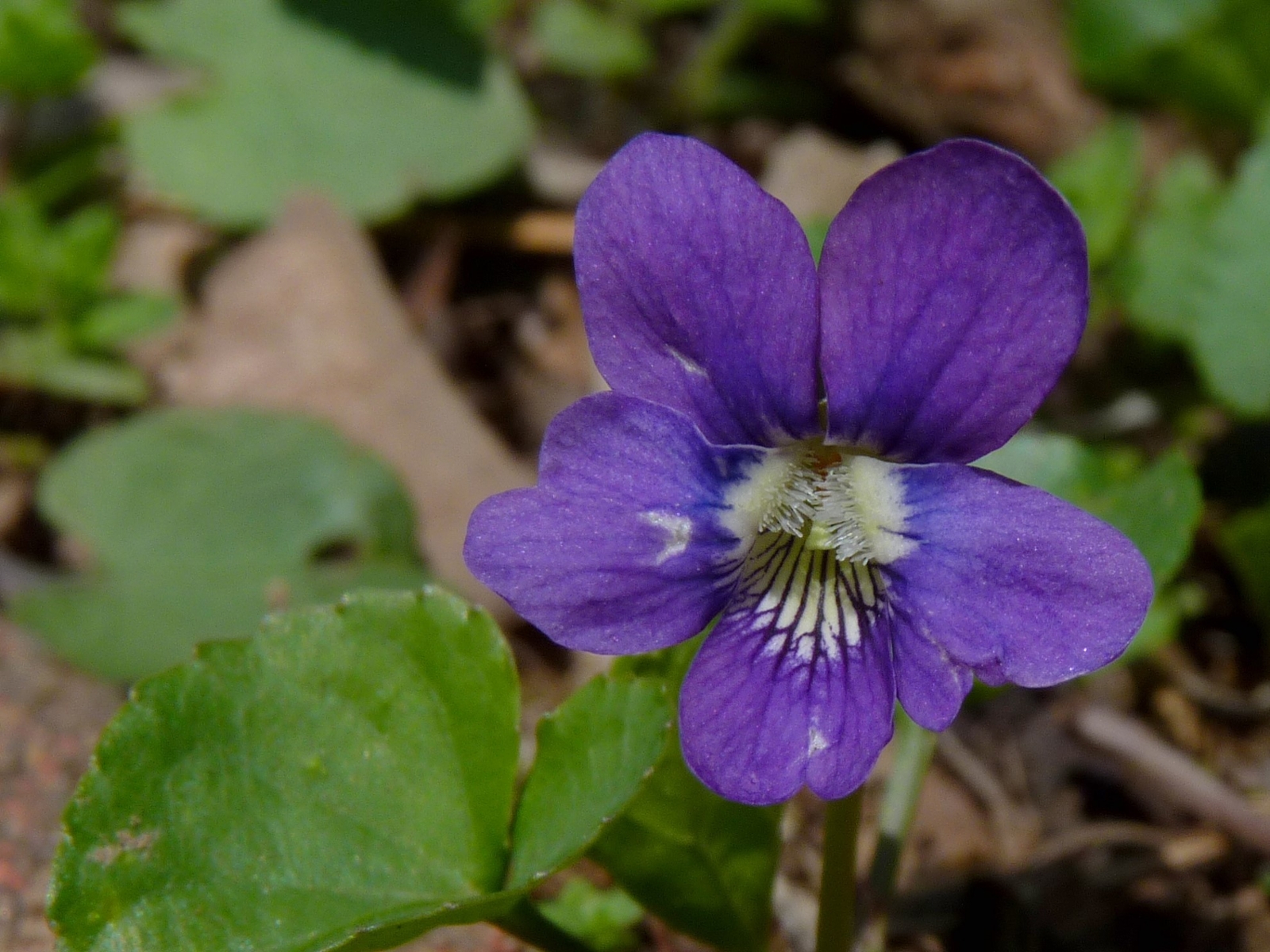
Common Blue Violet College of Agriculture, Forestry and Life Sciences
The common blue violet ( Viola sororia ), also known as common meadow violet, purple violet, woolly blue violet, or wood violet, is a native perennial plant found throughout eastern North America. Some references give woolly blue violet (a variety with fuzzy leaves) its own species name but the most common status seems to be a single species.
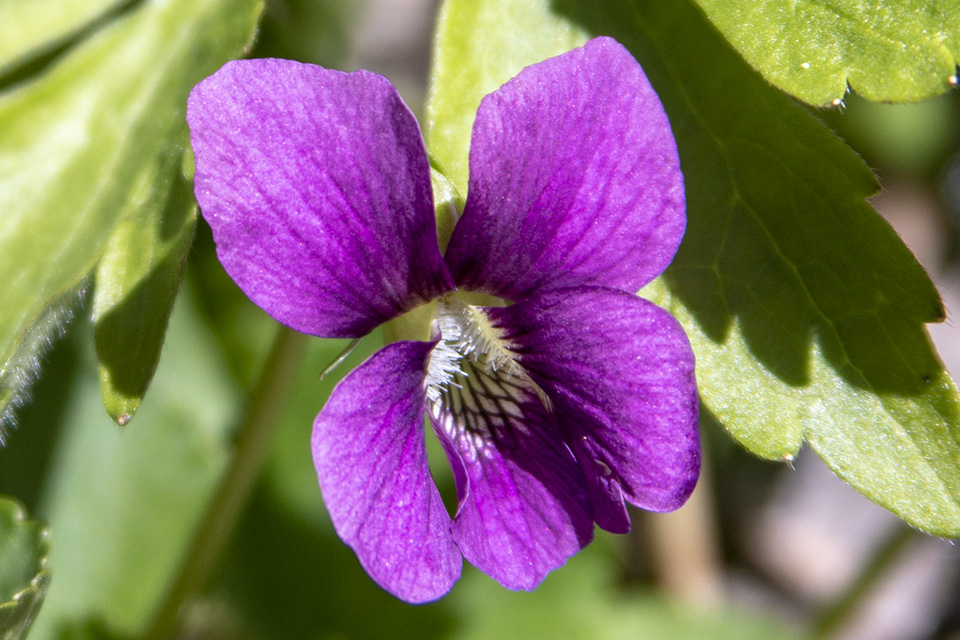
Minnesota Seasons common blue violet
Common Blue Violet (Viola sororia): This native North American species has heart-shaped leaves and blue-purple flowers. Common blue violets can be found in meadows and woodlands and are suitable for naturalizing in a garden setting. They grow well in full sun to partial shade and moist, well-draining soil.

Common Blue Violet
Common blue violets (Viola sororia) are perennial wildflowers native to North America. These bright little plants are also useful for food and medicine. Common Blue Violet Identification Blue violets bloom abundantly in springtime with flowers that that resemble miniature orchids. There are five dark blue/purple petals and white throats.
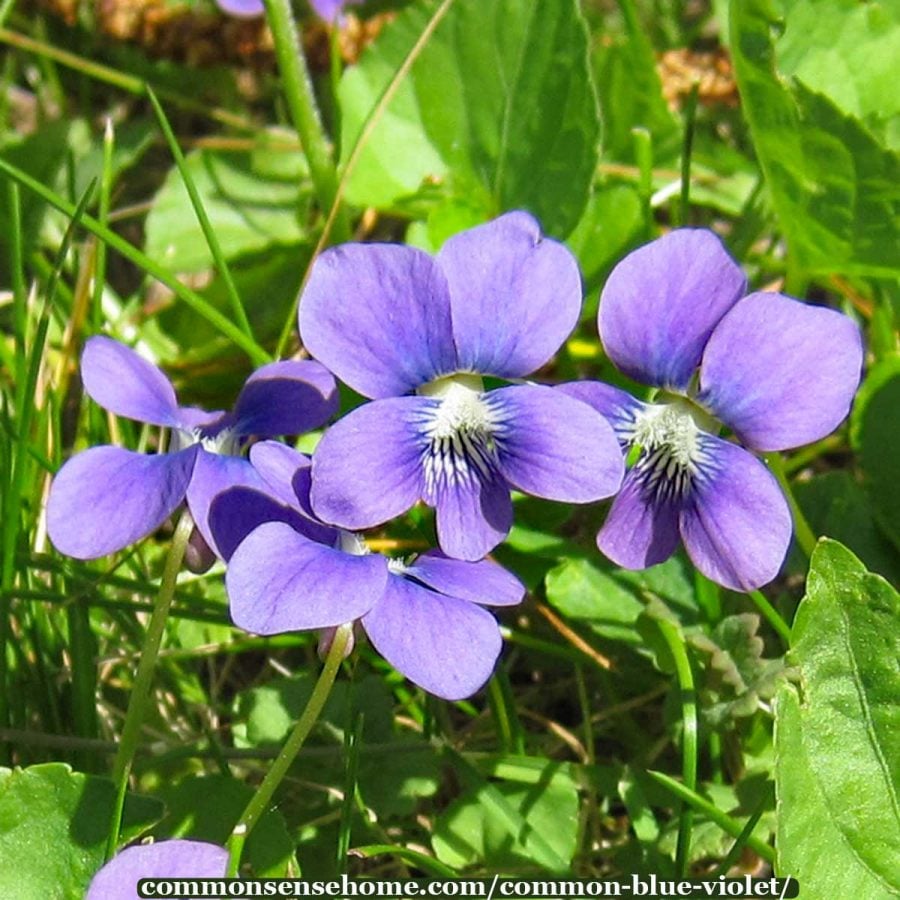
Common Blue Violet Identification, Use, Folklore
Viola sororia, often referred to as the common blue violet, hooded violet, meadow violet, wood violet, woolly blue violet and simply wild violet, is a herbaceous perennial wildflower plant with a short stem, native to eastern North America. The common blue violet flowers and leaves can be eaten cooked or raw. Common blue violets are both edible and medicinal and come up in the late winter or.

POWER FLOWERS NEW JERSEY STATE VIOLET
Native to eastern and central North America, Viola sororia (Common Blue Violet) is a stemless, low-growing perennial with glossy, heart-shaped leaves topped with attractive, large blue-violet flowers with conspicuous white throats. Each flower sits atop its own leafless stalk.

A Homebody's Guide to Common Blue Violets Dengarden
Blue Violet Sugar Cookies Recipe. To make blue violet sugar cookies, follow your favorite sugar cookie recipe or feel free to use this one, which is a modification of a recipe from Domino Sugar. You could also use a shortbread, lemon thin, almond cookie, or other roll-out cookie dough recipe. Prior to baking, center a clean violet flower on.
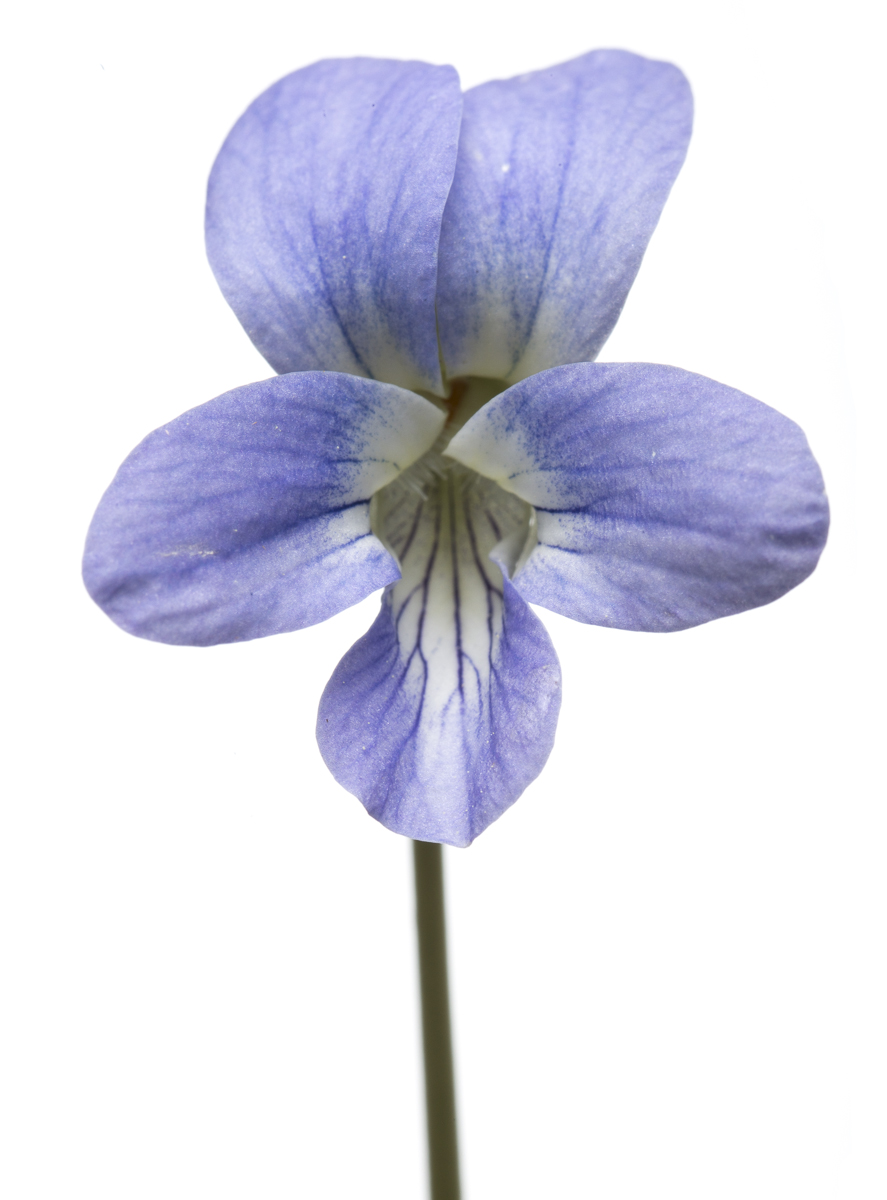
Common Blue Violet
Also called Viola papilionacea, common meadow violet, purple violet, woolly blue violet, hooded violet, wood violet, and the lesbian flower, this violet is a very common plant found in a wide range of habitats.It also happens to be the state flower of Illinois, Rhode Island, New Jersey, and Wisconsin. Freely self-seeding, Common Blue Violet will spread readily.
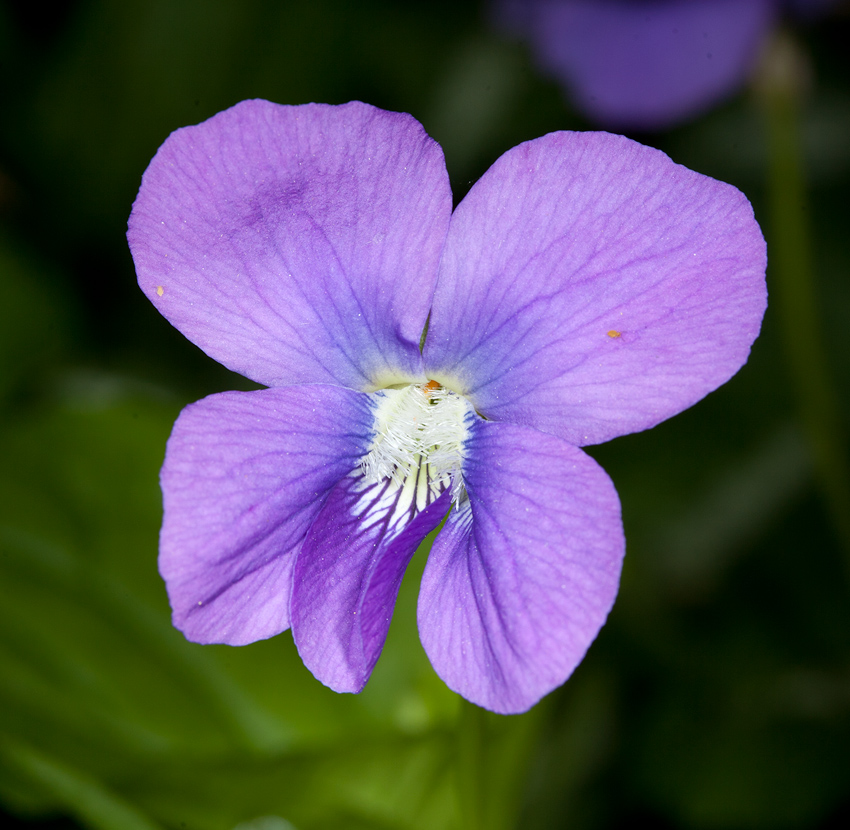
Nuncketest Common Blue Violet
Planting Tips Care Pests and Problems Propagation While many of the 500+ species of violets are perennial, these rugged plants can also be treated as annual plants for early spring color. Because violets tolerate cold temperatures, they can be the first flowering plants placed outdoors in the garden or containers.
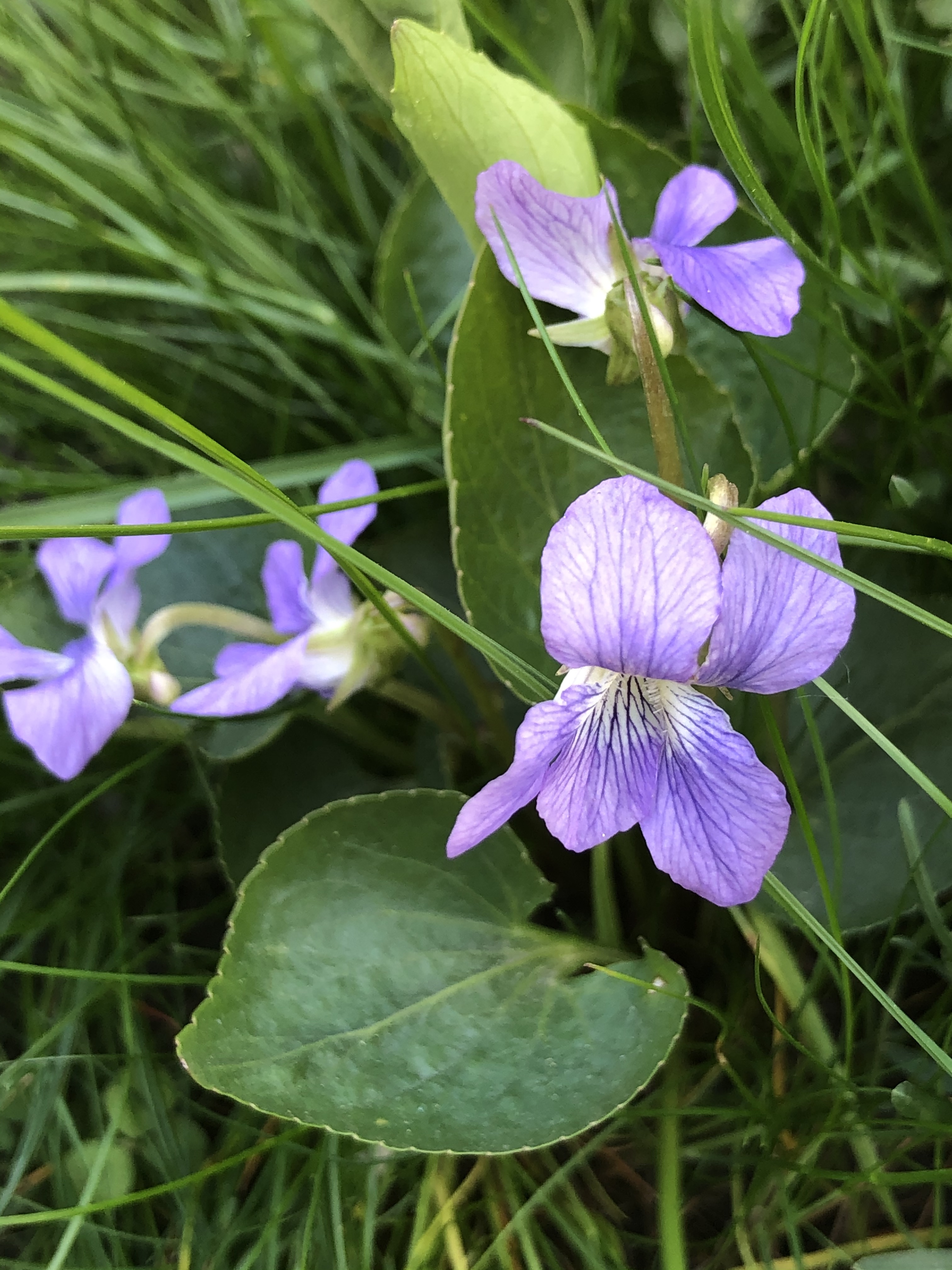
Wild edibles Common blue violets UMN Extension
Marsh blue violet is a stemless violet. It is easily differentiated from other eastern stemless blue violets by the length of its peduncle (the flower stalk). It is generally taller (up to 25 cm or 10 in) than any of the leaves on the plant. Other stemless blue violets have peduncles shorter than or the same height as the leaves.
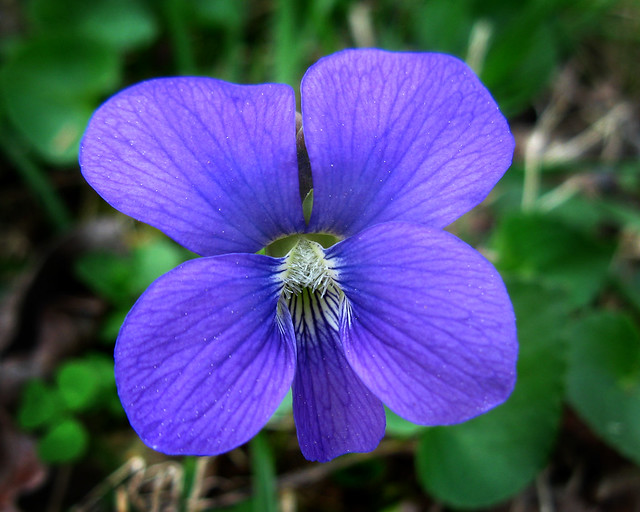
Violaceae Viola sororia Woolly Blue Violet, Common Blue Violet
The RGB or Red, Green, Blue color model is a color model that describes any color as a mixture of red, green, and blue colors. This is an additive color model, meaning that it adds different amounts of red, green and blue to black, black being the absence of color. The Blue-Violet color consists of 54% red, 17% green and 89% blue.

Common Blue Violet Weekly Weeder 23
The Common blue violet ( Viola sororia) is a widespread wildflower of central and eastern North America, familiar not only on lush forest floors and glades but also in suburban lawns, city parks, busy roadsides, sidewalk cracks and overgrown lots. It's prolific and hardy enough in turf and gardens that it frequently gets saddled with "weed" status.
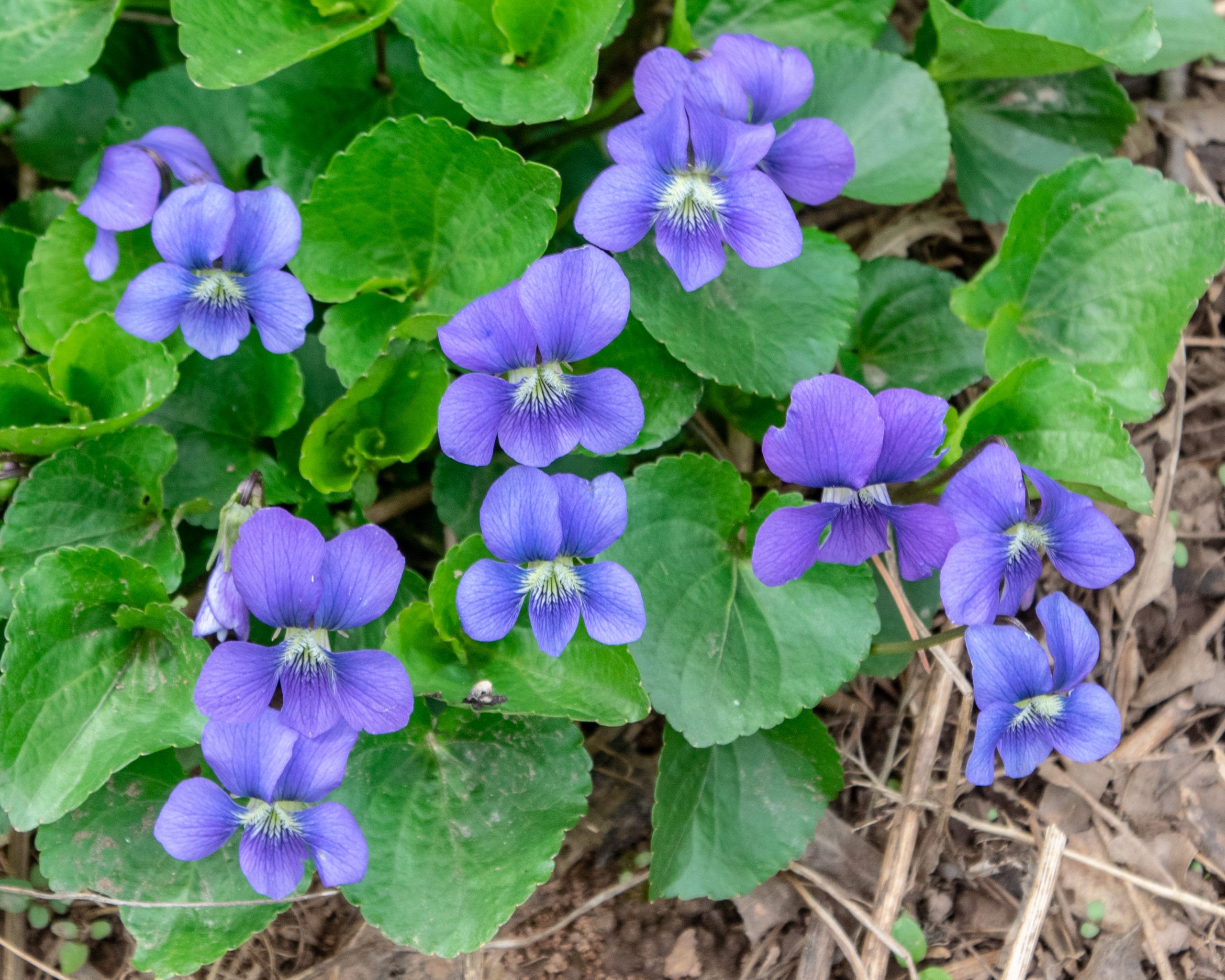
Common Blue Violet Wallpapers Wallpaper Cave
Blue violet, otherwise known as Viola sororia, does produce flowers and belongs to the same family as many other flowers, such as the garden-favorite pansies. However, because of their invasive weeds and unhealthy rate of growth, blue violet is not something you want to see growing in your yard, especially if you did not intend for it to be.

Common Blue Violet (Viola sororia)
Common blue violet is a rhizomatous clumping annual in the Violaceae (violet) family native to eastern and central North America. It grows 6 to 10 inches in height and width, and is found in woods, thickets, and along streambeds, especially in shadier areas. The common blue violet prefers moist, rich soils and dappled sunlight.

MAY 2019 COMMON BLUE VIOLET — Wild Edible Plant of the Month Club
Wild Violas for sale may be field pansies, yellow wood violet, hairy violet, dog violet, downy yellow, or early blue violet. All these types of violet plants should thrive in dappled light, well-draining soil, and average moisture. Most will self-seed and double the dainty flower display the next year. Violets of any name are one of nature's.
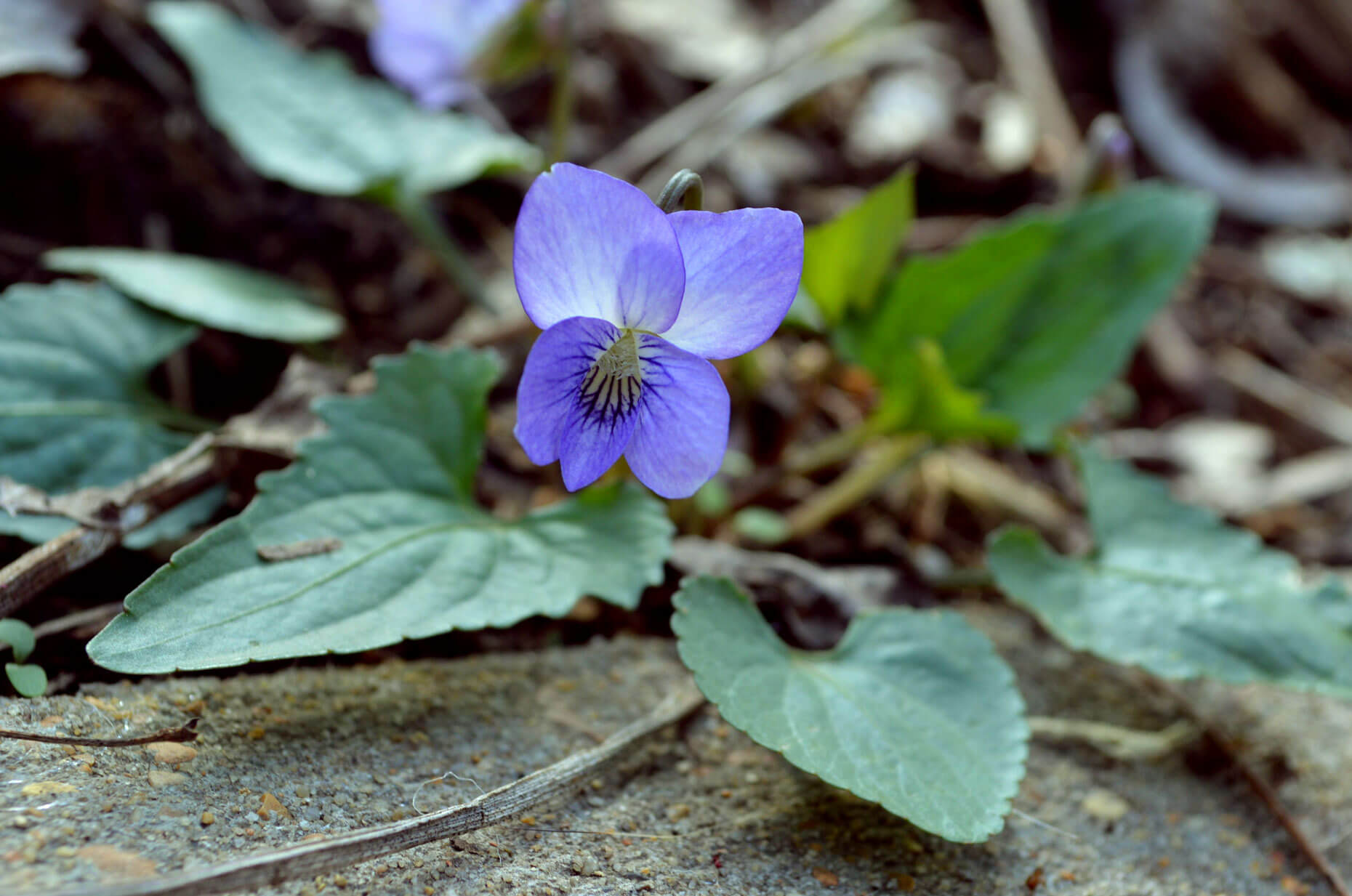
Common Blue Violet (Viola sororia)
Viola sororia, commonly called woolly blue violet, is a common Missouri native wildflower which occurs in woods, thickets and streambanks throughout the State. A stemless, rhizomatous, low-growing perennial (3-8" tall) which features downy, basal, wide-heart-shaped leaves and large blue-violet flowers (sometimes white with purple veining).
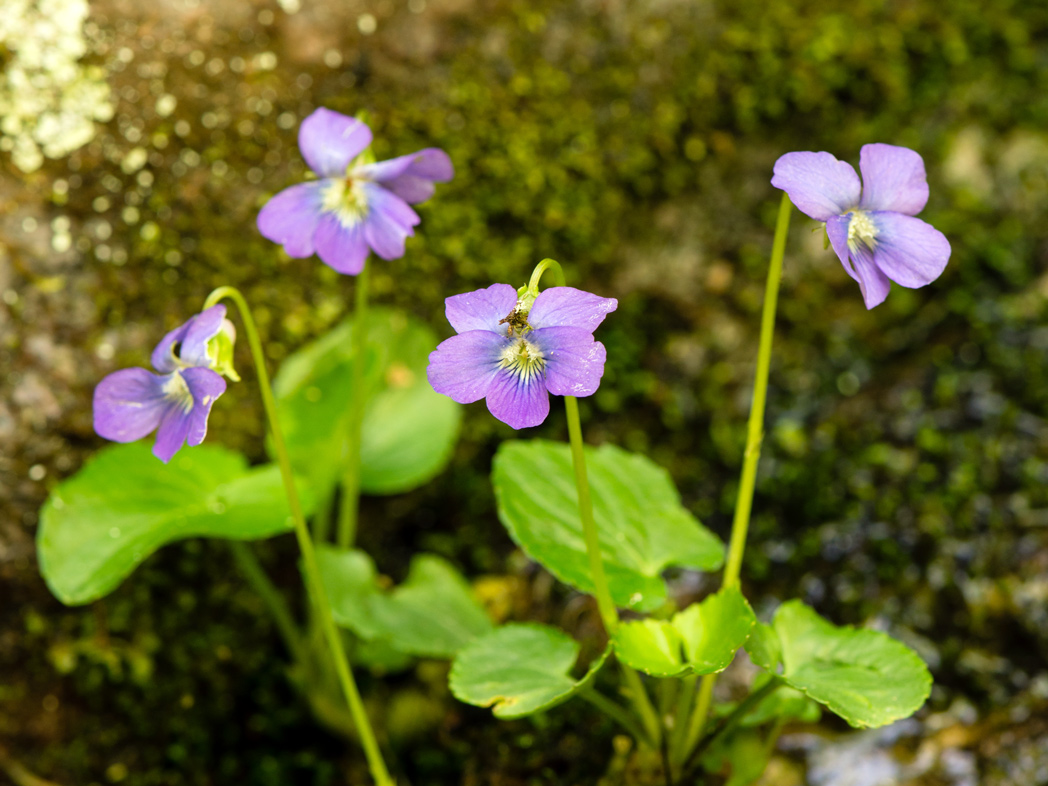
Common blue violet Florida Wildflower Foundation
Definition. The term violet has different meanings in different languages, countries and epochs. Even among many modern speakers within the English-speaking world there is confusion about the terms purple and violet. The blue-dominated spectral color beyond blue is referred to as purple by many speakers in the United States, but this color is called violet by many speakers in the United Kingdom.